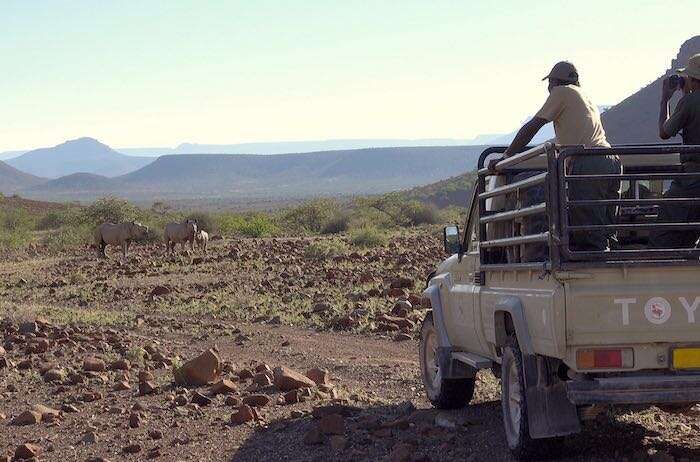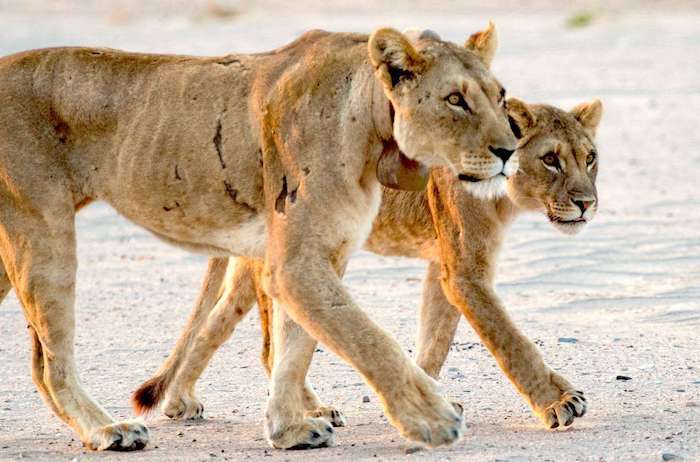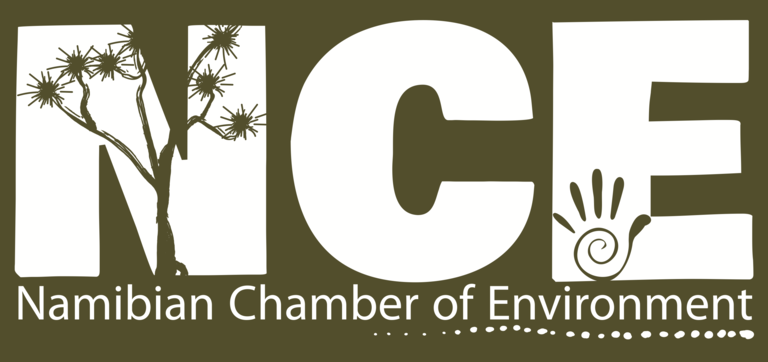
Mining and the Environment
A Unique Namibian Partnership for Sustainable Development
By Namibian Chamber of Environment
9th August 2019
Historically the mining sector has had a fractious relationship with environmental conservationists. Poor regulatory practices in host countries looking to boost their economies and create jobs allowed unscrupulous companies to extract mineral wealth with scant regard to the social and environmental impacts of their activities. The Namibian mining and environmental sectors are working together to ensure that the mining industry becomes a positive force for sustainable development.
The abuses of the past have created enduring negative perceptions of mining activities, especially among those who care for the environment. Improved regulation of mining activities worldwide has dramatically reduced the negative impacts of this industry, but mining companies are perceived to be reluctantly compliant with environmental legislation. It is therefore particularly heartening to see how Namibian mining companies are creating a future where environmentalists are no longer enemies, but partners for achieving sustainable development.
Sustainable development, as defined by the United Nations, recognises that strong economies depend on equitable societies and a healthy environment. At a minimum, efforts to strengthen the national economy through industries such as mining should not jeopardise the environment or perpetuate social inequalities. The Namibian Chamber of Mines, however, wants to go further than complying with these minimum requirements and its vision is to "…be widely respected as a safe, environmentally responsible, globally competitive and meaningful contributor to the long-term prosperity of Namibia." Establishing a strategic partnership with the Namibian Chamber of Environment (NCE) demonstrates its commitment to this vision.
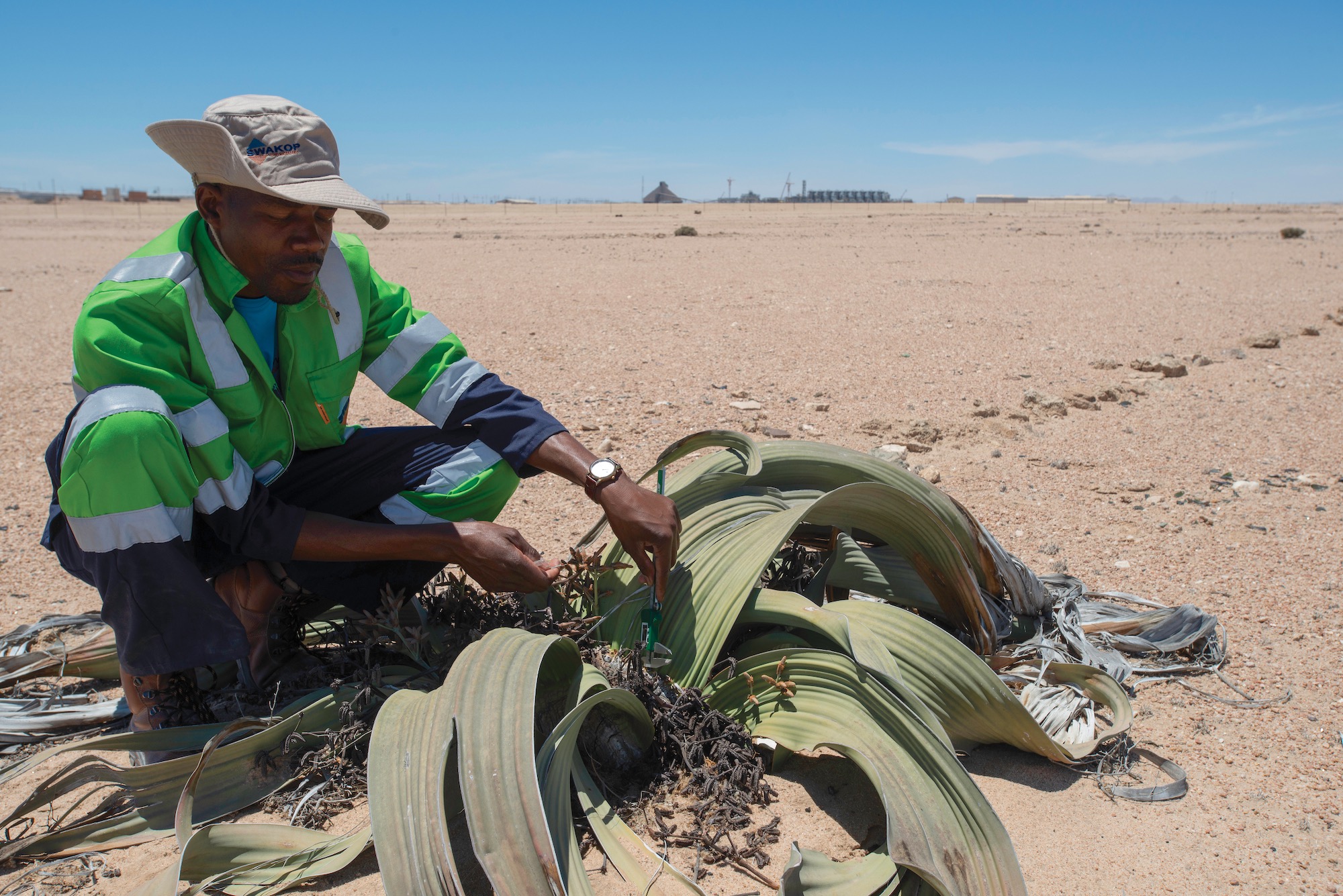
An environmental scientist measures the growth of Welwitschia mirabilis leaves near the Swakop Uranium Husab mine.
This unique partnership between the mining and environmental sectors was initiated in June 2017, when the two chambers co-organised and facilitated the first-ever workshop for those working in the environment departments of mining companies in Namibia. This workshop, which comprised 15 presentations from 14 companies and two presentations from related industries (hazardous waste management and environmental compliance), allowed environmental practitioners in the mining sector to share information and learn about the successes and challenges encountered in their respective departments.
The workshop provided the ideal platform to develop the National Environmental Strategy and Action Plan, which was unanimously adopted by the Council of the Chamber of Mines in September 2017. This strategy provides clear guidance for actions to be taken for the period 2017-2020. They fall under eight focal areas identified by the workshop participants. To drive these actions the Chamber of Mines established a sub-committee dedicated specifically to environmental issues, which includes the director of NCE, Dr. Chris Brown, as well as a representative of the Ministry of Environment and Tourism (MET) and a representative of the Ministry of Mines and Energy (MME).

The solar plant at Trekkopje produces 5 Mega watts of energy to supply the mine.
Closer communication with MET and MME will allow the mining industry to provide inputs on improving environmental management standards and procedures in Namibia. Workshop participants highlighted the lack of a national facility to handle hazardous waste from the mining industry as a key challenge. This has been recognised by both government and the private sector, which is working towards establishing such a facility in future. The mining industry will work through the new environmental sub-committee to ensure that those establishing the waste management facility are aware of the full scope of hazardous waste materials produced by mines in Namibia.
As minerals are a non-renewable resource, all mines have a finite lifespan. From an environmental viewpoint, mines that have extracted all the profitable minerals should not remain as a visible scar on the landscape that negatively affects plant and animal life near the mined area. Consequently, procedures to rehabilitate mining sites, preferably concurrent with mining, are critical to limiting long-term environmental impacts. Several workshop participants showcased impressive efforts to rehabilitate areas in their mines that are no longer operational, and everyone agreed that rehabilitation concurrent with mining and after mine closure must be included in the operational budgets of all current mining operations. Mine closure was therefore one of the key focal areas of the approved Environmental Strategy and Action Plan.
One of the tangible outputs achieved by this new partnership between mining and the environmental sector is the newly published Best Practice Guide for Environmental Management in the Mining Sector. Produced by the Environmental Compliance Consultancy, an independent company working under the guidance of the NCE, the Environmental Committee of the Chamber of Mines, MET and MME, this guide sets the standard and provides practical how-to examples for environmental practitioners to follow. The Best Practice Guide comprises four main sections: 1) exploration and feasibility; 2) development and construction; 3) mining and processing; and 4) rehabilitation and closure.
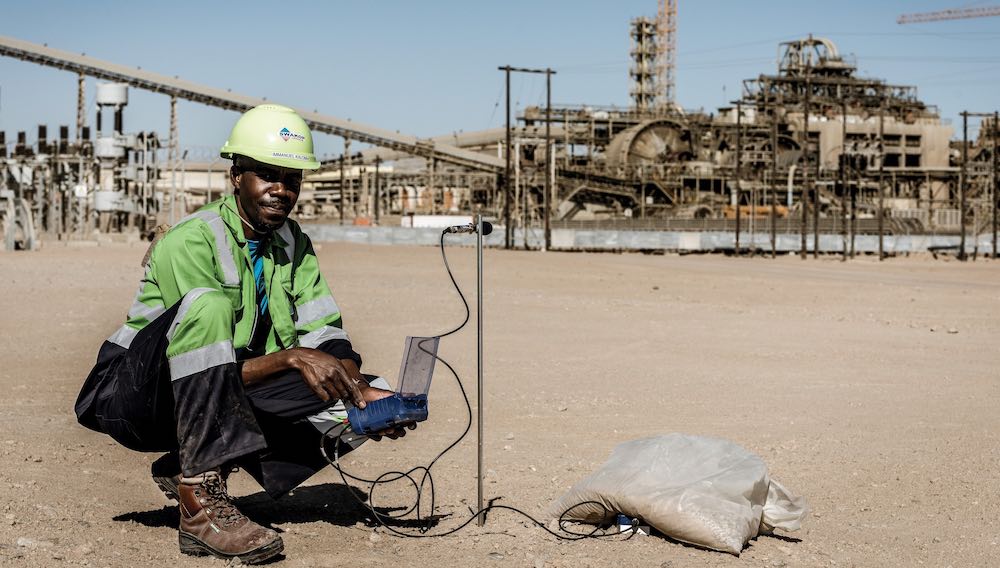
An environmental scientist at Husab mine records sound and vibrations made during blasting at the mine.

An environmental scientist at Dundee Precious Metals near Tsumeb takes a water sample from a stream near the mine. These activities are part of the mines’ commitments to monitoring environmental impacts.
Another exciting opportunity identified during the workshop is to develop a Responsible Mining Awards system, similar to the Eco Awards for the tourism industry. As an independent organisation, Eco Awards will work with auditors in the mining sector to develop an assessment procedure and a set of standards so that mining companies can measure their success against industry standards and their own progress over time. The system will produce a rating for each company and thereby increase transparency in the mining industry, as all ratings will be made public and companies that achieve high standards will be recognised at an awards ceremony.
The efforts described here position the mining industry as a leader among commercial industries in terms of their willing engagement with the environmental sector to reduce their negative impacts on the environment. Limiting impacts, however, is just one aspect of this new dawn for mining and the environment as the industry seeks to increase the benefits it provides to Namibia’s people and biodiversity. Currently, several mines collaborate with local researchers to study the plants and animals in mining areas, and many have active programmes for engaging with neighbouring communities. These are all laudable efforts. However, they occur on local scales and are therefore limited to the people and environments directly adjacent to mining operations.
The new Strategy and Action Plan takes the mining sector’s contribution further and expands its strategic impact by implementing a national offset scheme whereby the mining industry can contribute to sustainable development projects throughout Namibia. Besides maintaining their local contributions to society and the environment, the mining companies have committed to contributing to a central offsets fund jointly managed by the Chamber of Mines and the Namibian Chamber of Environment.
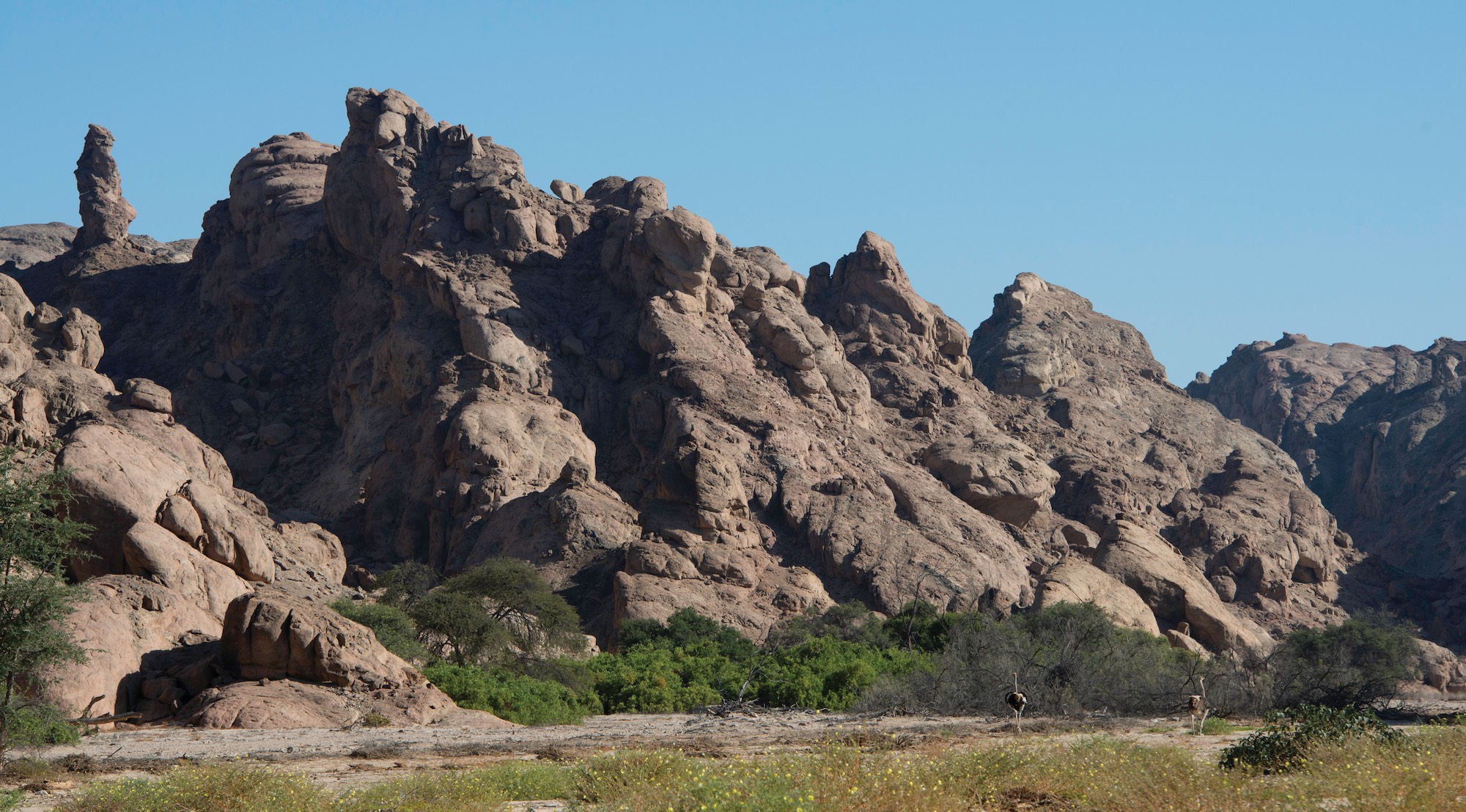
Natural beauty surrounding the Husab mine.
Sustainable development projects which apply to the offsets scheme must meet these twelve criteria.
- Non-mining area.
- Promotes sustainable development.
- Supports national development priorities.
- Priority for local community.
- Has support of local, regional and/or national government.
- Clear benefits to the poor.
- Investment has clearly defined output / product.
- Initiative has clear and credible budget.
- Implementation process is clear & credible.
- Project is potentially catalytic in terms of expansion & co-funding.
- Project has no perceived environmental, social or economic risks.
- Is there a contribution from beneficiaries?
Offsets schemes in other countries focus on biodiversity conservation, mainly by buying and protecting land of high biodiversity value to make up for land lost to mining. In Namibia, 17% of the land is formally protected by the state, and over 26% is managed through the communal and freehold conservancy system. In contrast, mining operations directly affect <1% of Namibian land. The offsets scheme for Namibia is therefore designed to address more pressing socio-economic needs in the country than land acquisition for conservation, namely sustainable development.
The new offsets scheme will focus on supporting projects in non-mining regions of Namibia, which previously have seen little benefit from the mining industry. In rural areas the scheme will focus on communal conservancies, as they are integral to the sustainable development plans for Namibia. The committee also recognises the needs of urban areas, which continue to struggle with rapid urbanisation and the resulting social and environmental challenges.
The environmental committee reviews all potential projects using a standard list of criteria (see above), and provides recommendations for funds to be disbursed from the offsets account. In 2018, the first year of the scheme, N$1,360,000 was granted by the mining sector to fund two sustainable development projects. This was seen as a start-up year to test and fine-tune the approach and allow everyone to become comfortable with the process.
The first project was based in the Mashi Conservancy (Zambezi Region), which requested N$860,000 from the offsets scheme to help fund an electrification project to connect 900 households to the national electricity grid. The conservancy contributed N$450,000 from its own funds to the project, thus indicating its importance to their members. The benefits of electricity are social as well as environmental – children can do their homework after dark and adults can extend their working hours; reducing dependence on firewood will reduce deforestation rates and health problems associated with smoke inhalation. This project was successfully completed in early 2019, benefitting approximately 5,400 people.
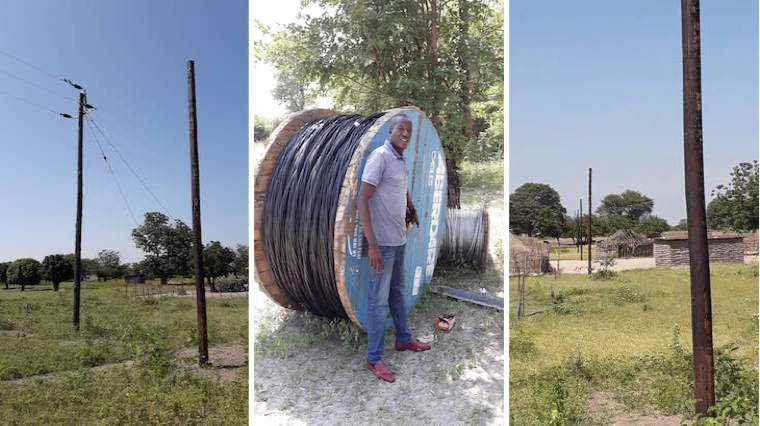
The electrification project at Mashi Conservancy helped connect 900 households to the national electricity grid.
The second project focused on assisting the urban poor on the outskirts of Oshakati (Oshana Region). Due to the rapid rate of urbanisation, provision of land and housing from municipalities lags far behind demand, thus causing urban immigrants to build shacks on unserviced land, which grow to become informal settlements. These settlements lack access to drinking water, sewerage systems, roads and electricity. This situation creates social and environmental problems, as people living there become stuck in poverty, and the environment surrounding the settlement is degraded. There is no incentive for people to improve their homes because they do not own the land and could be removed from it at any time.
The offsets scheme contributed N$500,000 to create a land delivery fund managed by the Namibian Chamber of Environment and Development Workshop, a Namibian non-profit organisation that works with the local municipality to provide minimally-serviced plots (erven) at minimal cost to the urban poor. The plots are planned, surveyed, mapped and pegged, and core services such as roads and communal water points are provided by an engineering firm. Since this development is done at no profit, the 300 m2 plots are very affordable at about N$10,000 per plot (low-cost houses cost N$250,000 or more). Because the new development is well planned, services can easily be upgraded in the future.
Income from plot sales go into a revolving fund, which will be used to develop more plots on an on-going basis. Thus far, beneficiaries have been selected in a joint initiative between the Oshakati Town Council and Development Workshop Namibia, to ensure that the plots go to low income families. People who buy these affordable plots are given title deeds, which motivates them to invest in their new homes as stable capital assets. Building on the work done in Oshakati, the project has already expanded to Okahao, Karibib and Tsandi at the request of their respective local authorities, and other towns are keen to be added to the list. To find out more about this project, read this.
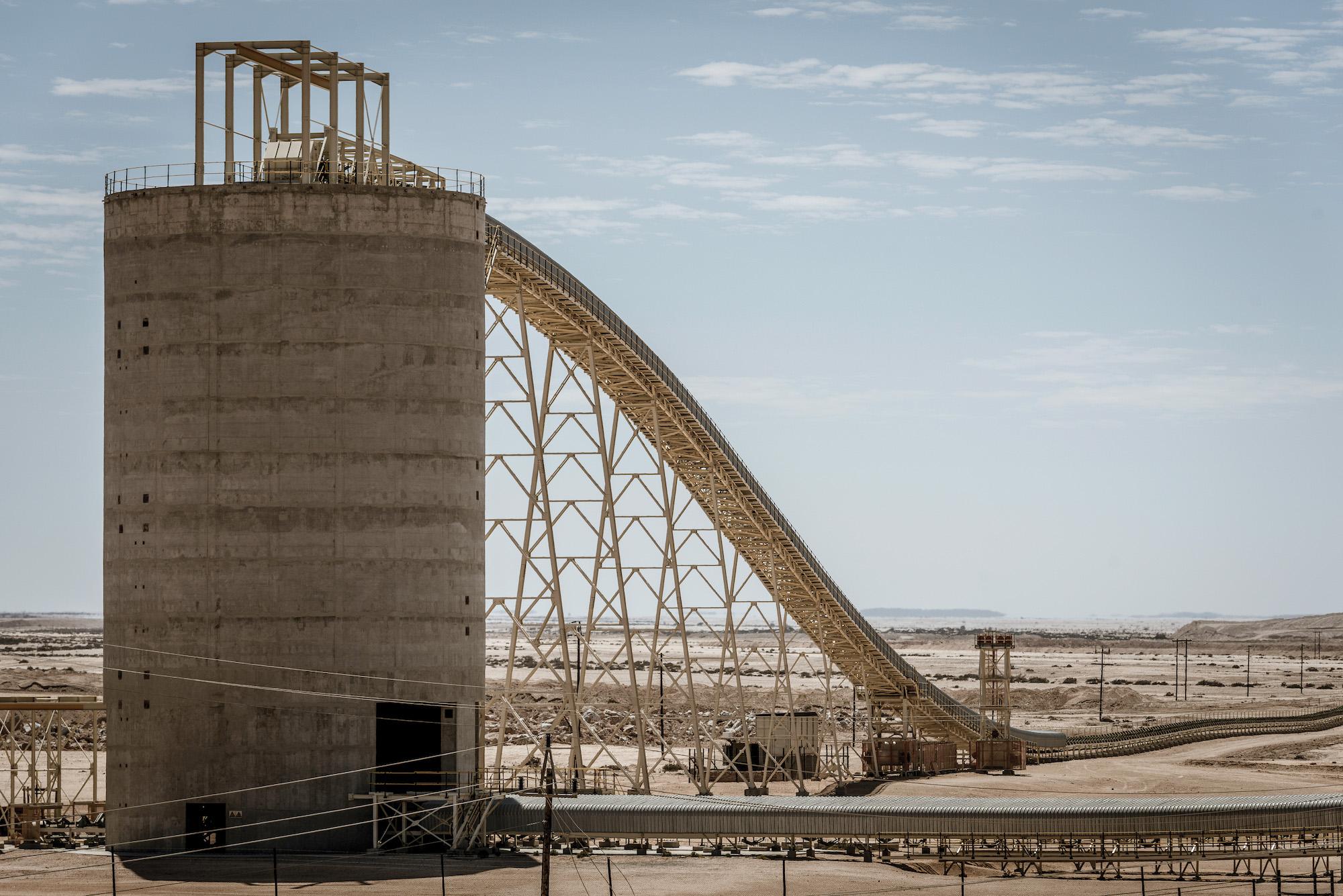
Trekkopje mine.
Only a few decades ago no one would have believed that miners and environmental conservationists could sit around the same table, let alone work together to reach common goals. Yet this unique Namibian partnership between the Chamber of Mines and the Namibian Chamber of Environment has produced tangible results during its first two years of operation. Working closely with Government, this alliance has only just started to realise the benefits that can be delivered to all stakeholders, especially for the people and the environment of Namibia.
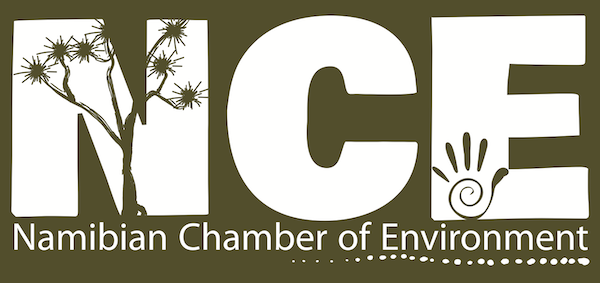
For more information about the
Namibian Chamber of Environment
visit:
www.n-c-e.org
For more information about the
Namibian Chamber of Environment
visit:
www.n-c-e.org
For articles on similar topics, please click one of the following options:
If you enjoyed this page, then you might also like:



For more great articles from Conservation Namibia see below...
Conservation Namibia brought to you by:
We use cookies to monitor site usage and to help improve it. See our Privacy Policy for details. By continuing to use the site, you acknowledge acceptance of our policy.






